Re this part of your question:
However, there's a third option:
dotnet blazorwasm --hosted (or dotnet blazor --hosted)
It's the same as check box in Visual Studio when creating application:

The
documentation
says:
you have the option of configuring the app to use an ASP.NET Core
backend by selecting the ASP.NET Core hosted check box
But no explanation was provided what does it mean...
TL;DR
'Hosted' is used where you want the back-end of your site and the Blazor client using that back-end to both be hosted on the same website.
In Detail
I agree, the documentation really isn't terribly clear about all of this, but the explanation is actually simpler than it seems:
The Blazor app has to be 'hosted' somewhere
The first thing to remember is that the Blazor WebAssembly 'app' is not a standalone website, it's an app that's embedded in a website. In a lot of cases it will behave like a website, because it will be used as a Single Page Application, but that is by no means required.
Essentially the Blazor WebAssembly app is a series of files and a JavaScript file that are created by compiling/publishing your Blazor project.
Those files then need to be put on a website somewhere and the combination of the name of a div tag and the Blazor JS file produced for your site deals with wiring your app files into the WebAssembly part of the browser so that it's then rendered on the page.
The key here is that the website 'hosting' your Blazor app does not have to be an ASP.NET Core site. It could be any site, pure HTML, Drupal, whatever, it just needs to be shown on a browser that handles WebAssembly and JavaScript correctly.
However, if you're also writing the backend of your site in ASP.NET Core, you can reuse that site
So, your Blazor project doesn't have to be hosted in a website written in ASP.NET Core, but it does have to be hosted somewhere (so the user can see it).
If you're also writing the back-end of the site at the same time, e.g. if you're writing an API or SignalR hub to send and receive data from your Blazor client, and if you're writing that back-end in ASP.NET Core, then you can reuse that same site to also host your Blazor client.
This scenario is what the 'Hosted' option is for.
If you create a project using the template in the screenshot above, with the 'hosted' option ticked, you'll see that the [YourProjectName].Server project that's created is the Start Up project, but the index.html page that's shown when you run that project has come from the [YourProjectName].Client project.
This approach means you only have one site running on your server (which could be good or bad) and also means you won't run across any CORS issues.
But you don't have to have an ASP.NET Core site at all
If your Blazor site is a standalone site that doesn't read/write from any server, or if it only talks to 3rd party APIs or an existing Web API running on the older .NET Framework, then you don't actually need an ASP.NET Core site at all.
In that case you don't use the 'hosted' option.
Instead, you can simply publish your Blazor project and then take the files from the release folder and host them in any site.






